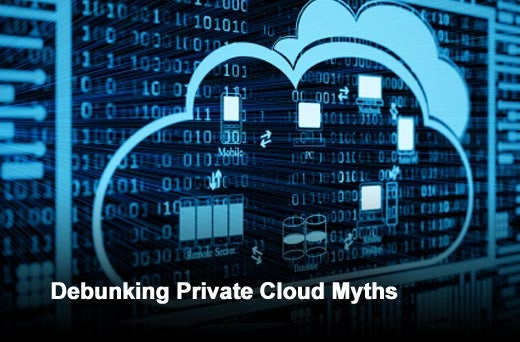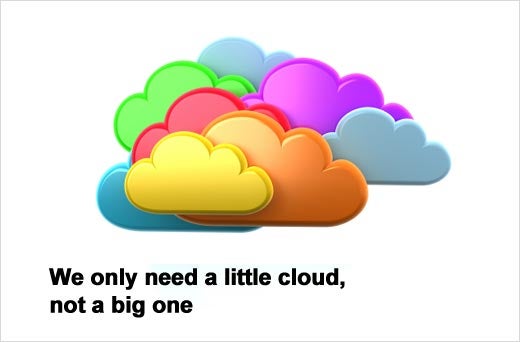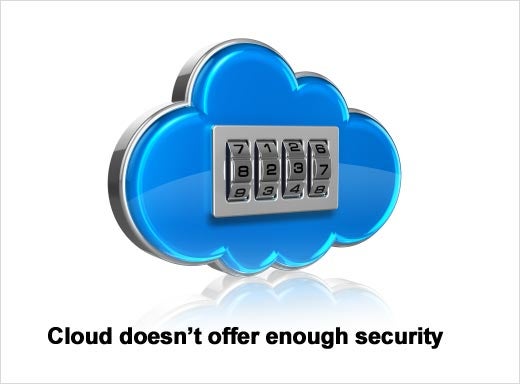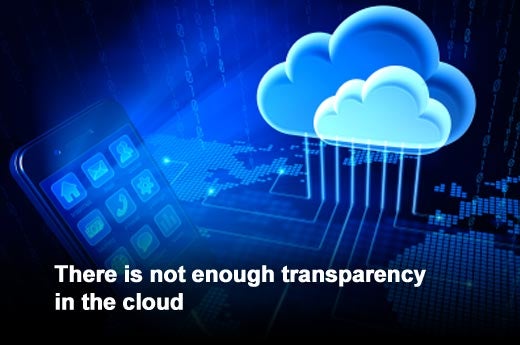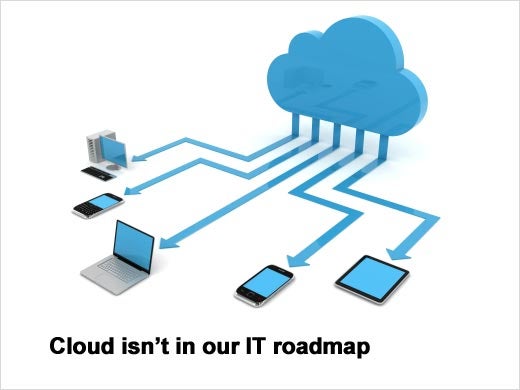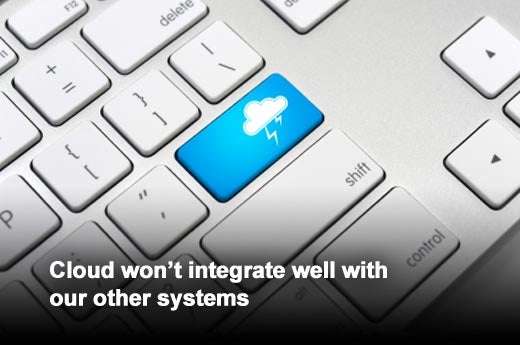CIOs and IT pros are being called upon to rapidly determine how their companies can best benefit from a cloud strategy. Adding roadblocks to their adoption roadmaps, however, is a host of myths that make it hard for IT managers to fully embrace all the cloud has to offer. Logicalis, an international IT solutions and managed services provider, has compiled a list of the top eight myths surrounding private cloud computing, and has debunked those myths one by one to help put clients’ minds at ease that a cloud strategy can be right for them.
“Determining which cloud strategy is the right one for any individual company is a complex assignment that affects all of the company’s IT systems and infrastructure, as well as the way the company does business today and into the future,” says Kevin Gruneisen, vice president, Data Center Solutions for Logicalis. “Because of the significance of implementing a cloud roadmap, it’s critical for solution providers like Logicalis who have the experience in cloud computing to bring the myths – the stumbling blocks – out in the open and address them one by one.”
Some of the most common objections Logicalis hears from clients concerned about implementing a cloud strategy include the following eight myths.
Private Cloud Computing
Click through to see the top eight private cloud myths debunked, as identified by Logicalis.
Starting small and growing into the cloud is a great strategy. Rather than avoiding the cloud, customers should look for an offering that helps them follow a methodical step-by-step approach, similar to the path they took with virtualization.
The more likely case is that IT is being bypassed; chances are the company’s users are signing onto Amazon or other public cloud providers for easy-access resources. That means IT is starting to lose control and the lines of business are slowly taking the matter into their own hands. This is the death spiral for an IT department, particularly when C-suite execs in nearly every enterprise and higher-end midmarket companies are at least talking about how to implement a cloud strategy today.
It’s not, plain and simple. Cloud is here to stay. The way it is implemented may be up for discussion; each company’s needs and path to the cloud may be different and could encompass public, private or hybrid strategies. But the important point is that, while using public clouds is relatively new, implementing private clouds is not. Private clouds employ existing technology that has been around for many years and is used by hundreds of thousands of organizations worldwide. The terminology has changed, the ways in which the technology is being used have expanded, but the basic premise of employing private clouds is proven and well-established.
The question is not whether the cloud is secure, but rather how to ensure the security of data in the cloud. If it’s a public cloud, choosing one that is SSAE 16 certified is a step in the right direction, but it doesn’t necessarily relieve the cloud client from responsibility for industry-specific regulatory compliance. Private clouds, on the other hand, will adhere to the same level of security that the parent organization is using, so the level of security is completely within the client’s control. Remote access to private-cloud-hosted resources is enabled through mechanisms used in traditional data centers and can be restricted and protected in a similar fashion.
Ironically, the key to securely deploying a cloud infrastructure is transparency. Transparency is a necessary element in helping IT pros analyze the relative risks associated with two different infrastructures. Because of the transparency mismatch between public and private cloud, a private cloud is typically going to be the less risky option simply by virtue of what the CIO knows about the technology under his or her own control; less risky doesn’t necessarily mean more secure, but IT pros will clearly have a more transparent window into the security failings within their internal infrastructure than is available in a public cloud venue. The key to making a public cloud option secure lies in maintaining open lines of communication between provider and client, judging them based on how their auditors and legal teams work to help the customer clearly understand just how their data is going to be managed and protected.
With private cloud, users get many of the benefits of public cloud computing such as self-service, scalability and elasticity. And the IT department maintains direct control over all aspects of the cloud’s implementation, including the hardware, the networking, the operating system, the way security is implemented and even the way APIs are used. Adopting a private cloud strategy will mean changes in the data center, but those changes are within the IT manager’s control.
Private cloud is an obvious next step for businesses with in-house data centers because it enables IT to manage hardware locally – through the traditional IT path – while letting end users access the company’s infrastructure remotely, which has become the norm today. Companies that fail to explore all the options may be leaving valuable services untapped and potential savings unrealized.
CIOs can utilize their existing hardware to build a private cloud. There are many tools to integrate data securely between hardware and applications as well as across multiple operating systems. The key is to find a cloud consultant that can help the company map out a cloud strategy that makes use of what exists in the company’s data center today and provides a growth path for tomorrow.


